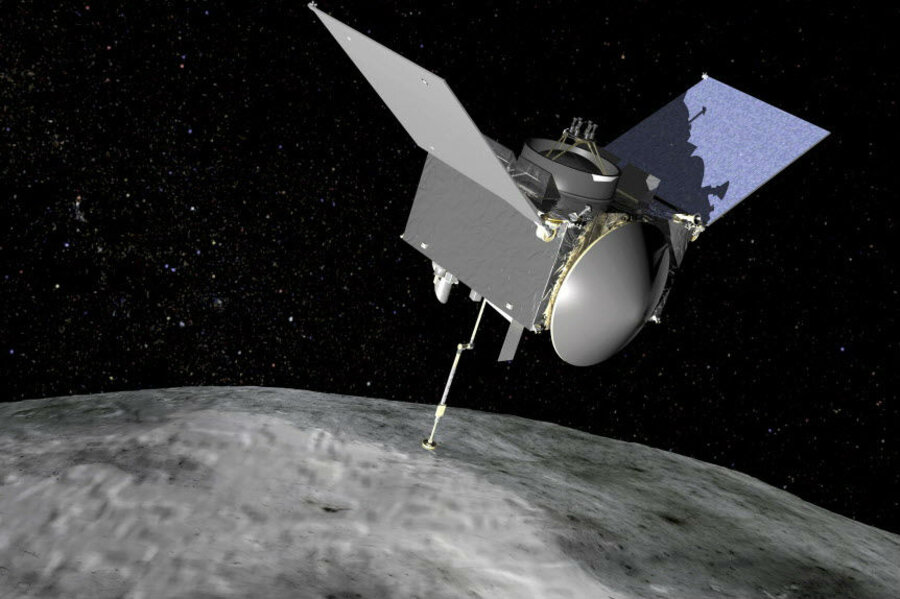NASA greenlights OSIRIS-REx for asteroid hunt
Loading...
On September 8 at 7:05 a.m. Eastern time, NASA plans to launch a historic probe to rendezvous with a nearby asteroid.
For the first time, a NASA probe will send pieces of an asteroid back home for study on Earth.
So far, everything seems to be a go for the mission. NASA confirmed details about the probe, the Origins-Spectral Interpretation-Resource Identification-Security-Regolith Explorer or OSIRIS-REx, Wednesday in a press release.
According to NASA, the probe will carry a camera system, multiple types of spectrometers, and a laser altimeter to map the shape of the asteroid Bennu.
The probe will also include a capsule for collected samples which will be launched back to Earth, where scientists can analyze pieces of the asteroid more thoroughly.
This will be the first NASA probe to acquire pieces of an asteroid and send pieces to Earth, and only the second probe ever to do so after Japan's Hayabusa probe brought samples back in 2010, according to Space.com.
The primary objective of the mission will be to study the carbon-rich asteroid to learn about how planets form and how life began.
Another objective is to improve our understanding of objects that have the potential to impact Earth. Bennu has a slight chance of impacting the Earth, as The Christian Science Monitor reports. The asteroid, which crosses Earth's orbit Earth every six years, may reach a point in its orbit in 2135 that will put it on a course to hit the planet later in that century. While such an impact would be potentially cataclysmic, the probability of such an event occurring are extremely slim.
In fact, it is the very proximity to Earth that helped make the asteroid a prime candidate for OSIRIS-REx's mission. Asteroids are plentiful in the solar system, but the probe, which is solar powered, needs to stay relatively close to home, within 1.6 Astronomical Units (1.6 times the distance between the Earth and the sun) without getting closer than 0.8 Astronomical Units to the sun, which would require special cooling equipment. The chosen asteroid needed to be large for landing purposes, and needed to be chock-full of organic materials that scientists wanted to study to help figure out how life began in the solar system. Only five asteroids fit all the criteria, and of those, Bennu has a shape that may indicate rubble on the surface for easier sampling, according to Ars Technica.
The organic material on Bennu is of the type that might have provided the building blocks for life on Earth.
In addition to potentially providing invaluable scientific data, the probe represents a remarkable technical achievement for the scientists who designed and built the spacecraft.
"Our upcoming launch is the culmination of a tremendous amount of effort from an extremely dedicated team of scientists, engineers, technicians, finance and support personnel," OSIRIS-REx Project Manager Mike Donnelly at Goddard, said in the NASA release. "I'm incredibly proud of this team and look forward to launching the mission's journey to Bennu and back."
The project is forecast to cost about $800 million, including 7 years of operation and 2 years of sample study, according to ABC News. After the launch on September 8, the probe is scheduled to spend a few years observing the asteroid from a distance before touching down in the best spot.
NASA anticipates asteroid samples to be returned to Earth sometime in September 2023.








